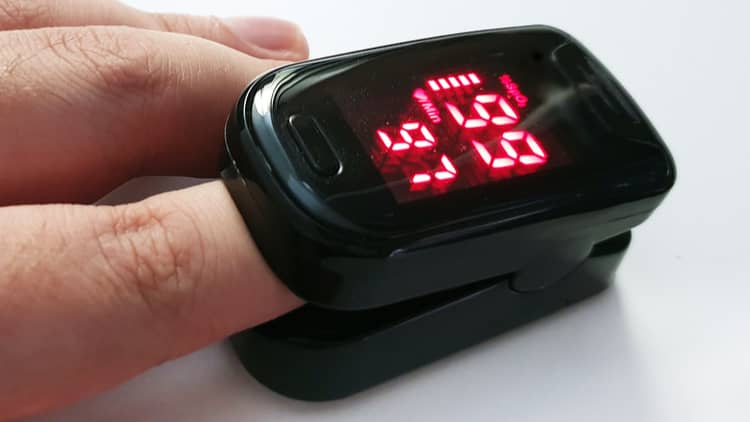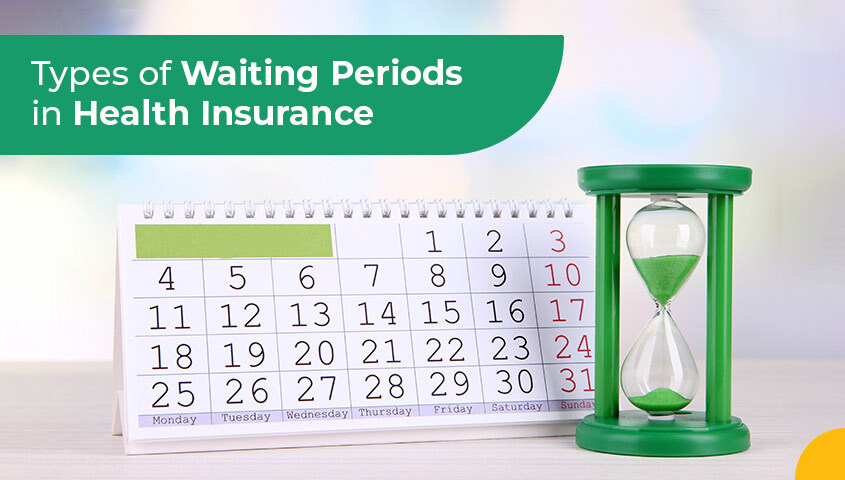
With cases of covid-19 setting new records daily, the healthcare system of the country is bending backwards. Doctors and health experts have been appealing to people to keep themselves safe and seek medical people in case their symptoms worsen. A drop in the oxygen level in a patient is a severe symptom. Over the past few days, there have been numerous reports where patients have been seriously ill due to lack of oxygen. In such a scenario, it has become extremely important to keep your health parameters under check.
Till a few months ago, the device ‘pulse oximeter’ was new to many. People with lung or heart conditions may have used it periodically to monitor their condition. Others may have seen it on their visit to a hospital. Regardless of one’s familiarity with them in the past, one must have lately heard of it in news or in social circles, in conversation with family and friends, all due to Covid-19.
What is an Oximeter and How Does it Work?
A pulse oximeter is a reliable and painless way to monitor a person’s blood oxygen levels. It is a small device that is quite similar to a cloth clip. The oximeter is put on a person’s finger (nail side up) and within a few seconds, it displays the numbers which indicate the person’s oxygen saturation level in the body.
When a person breathes, the oxygen enters the lungs and eventually enters the blood. The blood cells then carry this oxygen to various organs of the body. An oximeter helps in measuring the amount of oxygen that is sent to different parts of the body from the heart. It uses infrared light refraction to measure how well the oxygen is being mixed with your red blood cells. It indicates the amount by flashing different wavelengths of light through the stream of blood that flows inside the finger on which the oximeter is placed.
Why do I Need an Oximeter?
The fear of pandemic has made everyone overly conscious about their health. It is important to keep a regular check on our temperature because a fever is one of the first indicators of COVID-19. However, a new study by medical scholars has suggested the use of pulse oximeters instead. One of the concerning symptoms of Covid-19 is a drop in the oxygen levels in the patient’s body. An oximeter helps by alerting the person about such a situation, early.
So, it is advisable to keep a pulse oximeter at home. It will help to keep a tab on your oxygen levels regularly. In case the oxygen levels fall below normal, you should seek medical help without delay.
What is the normal reading for Pulse Oximeter and what does it indicate?
As explained earlier, the blood oxygen level is a measurement done to check how much oxygen, O2, is being carried by the blood cells. A SpO2 displays the percentage of Oxygen concentration in the patient’s blood. As per experts, 92% or higher is a normal level of oxygen. An oximeter thus becomes very helpful in alerting the patient/ the caregiver about such a situation.
Below Normal
A SpO2 reading when below 92%, is considered to be alarming. When the blood oxygen level is below the normal level it is called hypoxemia. Hypoxemia is indeed a matter of concern as it can lead to complications in the tissues and organs of the patient’s body. This can prevent the lungs from inhaling adequate oxygen from the air and exhaling carbon-di-oxide. The next effect would be disorders and problems in the circulatory system, preventing the blood to pick oxygen and transport it across the body.
The patient may experience the following symptoms:
- Shortness of breath
- Pain/ Pressure in the chest
- Mental Confusion
- Headache
- Fast heartbeat
- Blue discolouration of nails, lips, skin
Keep in mind that if someone’s SpO2 falls to 90 or lower and/or experiences any of the above symptoms, it is best to consult a doctor at the earliest.
Things to Remember Before Using an Oximeter:
The way our hospitals are crowded, doctors are advising the infected people to keep a regular check on their oxygen level and visit the hospital only if there is a fall in the level below 92-93%. Doctors are also claiming that a lot of people can be cured if they follow the medical advice appropriately while in self-isolation at home.
Pulse oximeters can prove to be very helpful in monitoring the oxygen levels without any medical assistance by the patient himself or a caregiver. But before using it, one should keep in mind a few things.
- Before taking the reading, it is important that the patient rests or relaxes for 10 to 15 minutes
- If you are laying down, keep a hand (left or right would not make a difference) on your chest and keep it stillIf you are sitting keep your hand on the armrest and take the reading while keeping it still
Place and set the oximeter either on the middle finger or the index finger of your hand
Don’t change the position of your hand till the reading on the device becomes stable
Record the highest result after the reading on the device has stabilised
Record the reading correctly
Start to record the reading from the baseline. Record it thrice or four times a day unless you notice a difference in health
Call your medical care provider and seek help in case there is shortness of breath or a fall in the oxygen level to 92% or less.
How to correctly use Pulse Oximeters?
SpO2 oximeters indicate the percentage of oxygen level in the blood of the patient. There are a few tips to consider before one starts using the device.
- Ensure that your finger is not covered with Heena
- As your finger is inserted into the oximeter nail side up, make sure that your nail does not have nail paint on it.
- Rest and relax for a few minutes before you put your finger into the device
- Once the oximeter is placed on the finger, the movement of the hand should be restricted
- The pulse oximeter should be worn on the finger for at least a minute, till the reading on it stabilizes.
- Make sure that the device fits well onto the finger. Too loose a probe, it may fall off. It should not be too tight as it would then constrict the blood circulation.
In these covid-stricken times, it is essential to keep a check on your oxygen levels and a pulse oximeter is a useful and convenient way to do so. The margin of error is slight, and most oximeters are accurate enough. Remember that when in doubt relying on the oximeter alone, is not enough. If you or any family member is experiencing any Hypoxia symptoms, they need emergency treatment as hypoxia can worsen very rapidly.
References:
- https://indianexpress.com/article/explained/in-older-adults-use-oximeter-rather-than-temperature-to-screen-for-covid-scientists-7302279/
- https://www.news18.com/news/lifestyle/covid-19-all-you-need-to-know-about-oximeters-3656129.html
- https://www.outlookindia.com/website/story/india-news-covid-how-to-use-pulse-oximeter-correctly-step-by-step-guide/381901
- https://indianexpress.com/article/lifestyle/health/covid-19-how-to-use-pulse-oximeter-correctly-to-monitor-oxygen-saturation-7296682/
- https://www.news18.com/news/lifestyle/covid-19-all-you-need-to-know-about-oximeters-3656129.html
































